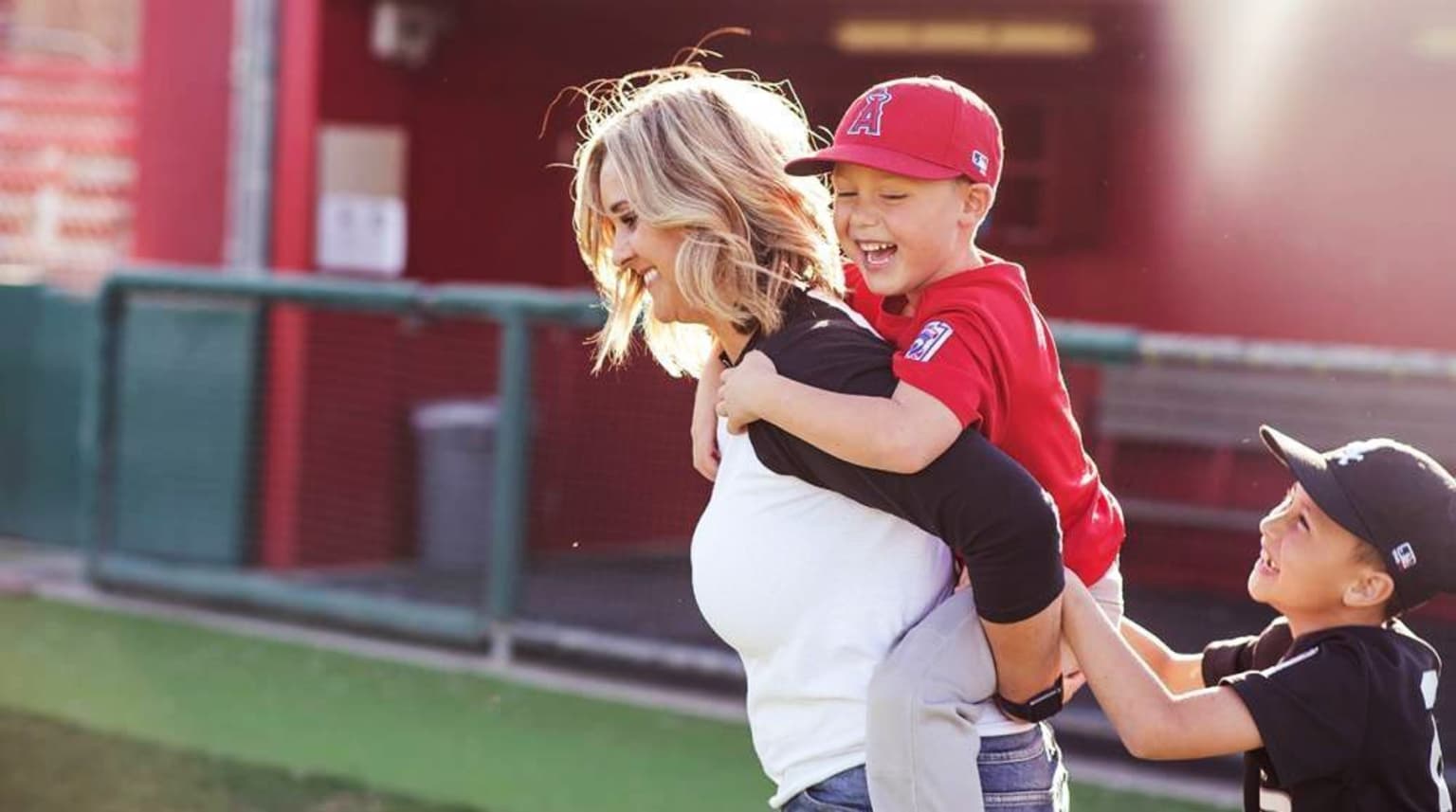
It’s the responsibility of your league’s coaches and umpires to review the current year’s Little League® rulebooks to make sure games are played fairly, and the season proceeds as smoothly as possible. While parents may not need to study up on the fine details of many of the rules, there are a handful of regulations that parents have asked for some clarity on. To avoid any misconceptions or misinterpretations, take a look at some of the more frequently asked questions parents have raised.
Can a player wear any jewelry on the field?
Players are not permitted to wear jewelry such as, but not limited to, rings, watches, earrings, bracelets, and necklaces. The only exception is jewelry that alerts medical personnel to a specific condition. Sunglasses and items used to control the hair, such as beads, are permitted.
Are pitchers allowed to wear arm sleeves?
A baseball pitcher can wear an arm sleeve, but it must be fully covered by an undershirt. And, any part of the pitcher’s undershirt that can be seen must be a solid color, and the sleeves cannot be white or gray. A softball pitcher may wear and arm sleeve, but is not required to cover it. Also, a pitcher cannot wear any items on his/her hands, wrists, or arms which may be distracting to the hitter. So, if your child plays baseball and wants to use an arm sleeve on the mound, keep a long-sleeved dark-color undershirt on hand. The use of play calling bands by defensive players is permitted under the following conditions:
- The equipment must be worn as the manufacturer intended (i.e. on either the wrist or forearm)
- The play calling band may not be attached to the belt or any other location on the player’s person.
- Baseball and Softball pitchers are permitted to wear a play calling band on their non-pitching (glove) arm, provided it is a solid color and not white, gray, or optic yellow. If the umpire considers it distracting to the batter, he/she may have it removed.
What exactly is the mandatory play rule?
During regular season play, every rostered player present at the start of a game will participate in each game for a minimum of six defensive outs (basically, two full innings in the field, however those six outs do not need to be consecutive) and bat at least one time for regular season games.
Mandatory play (Tournament Rule 9) was adjusted for the 2023 Little League International Tournament. During tournament play, there is no mandatory play requirements for the Senior League Divisions. At all other levels, Tournament Teams must adopt a policy of a continuous batting order that will include all players on the team affidavit present at the start of the game, to appear in the batting order. Each player is required to bat in his/her respective spot in the batting order. A player may be entered and/or re-entered defensively in the game at any time, but is not required to play on defense.
Can my son or daughter use a bat weight on the bat to prepare for an at-bat?
No. The traditional batting donut is not permissible, but a weighted bat sleeve is. In addition, the on-deck position is not permitted in the Little League (Major) Division and below.
Why does Little League have pitch count regulations for baseball?
The answer is simple – to protect young arms. Player safety is paramount, and we’re proud of the regulations we’ve put in place. The healthier Little Leaguers® are, the more games they’ll play, which results in them having more fun with their friends. Pitch count rules differ for several divisions. Please visit Regular Season Pitching Rules for more information, and be sure to alert your team’s manager if your child pitches in youth baseball programs other that Little League.
What does an uncaught third strike mean?
Mistakenly called a “Dropped Third Strike,” this is when a batter becomes a runner after the third strike called by an umpire, or a pitch is swung on and missed by a batter, is not caught by the catcher. For the hitter to be eligible as a runner, however, first base must be unoccupied or first base is occupied with two outs. To put the batter-runner out, the defense must tag the batter or first base before the batter touches first base. An uncaught third strike does not apply to play below the Little League (Major) Division.
During a play at home plate, does a runner have to avoid the catcher, whether he or she is sliding or not?
A play at the plate is no different than a play at any other base. A player must slide or attempt to avoid the defensive player. There is no “must-slide rule” in Little League.
Can players wear sunglasses on the top of their hat?
Yes.
In softball, is a face guard necessary on a helmet?
A face guard on a helmet, whether worn at the plate or as a safety precaution in the field, is optional.
Does the catcher need to wear a long-model chest protector?
In 2014, Little League International amended its regulations, allowing catchers to wear either a long or short-model chest protector.